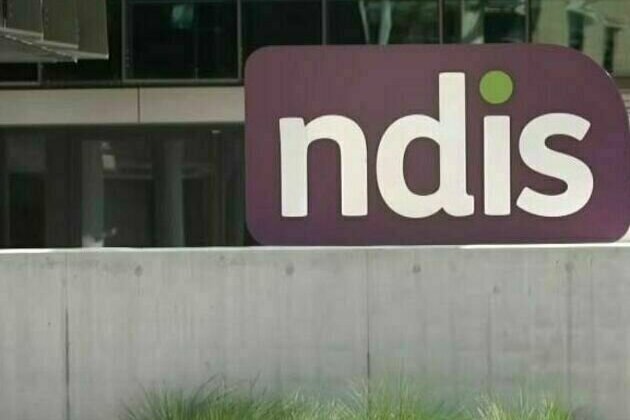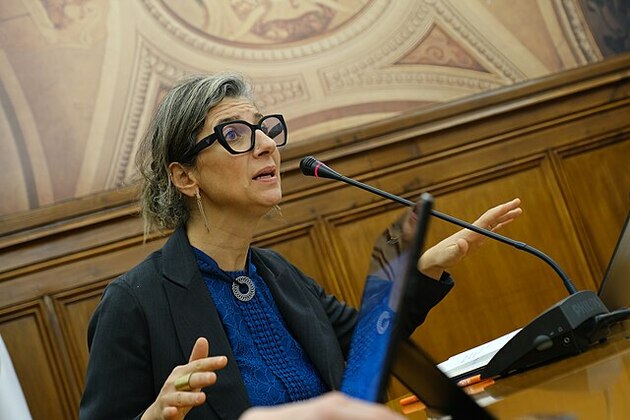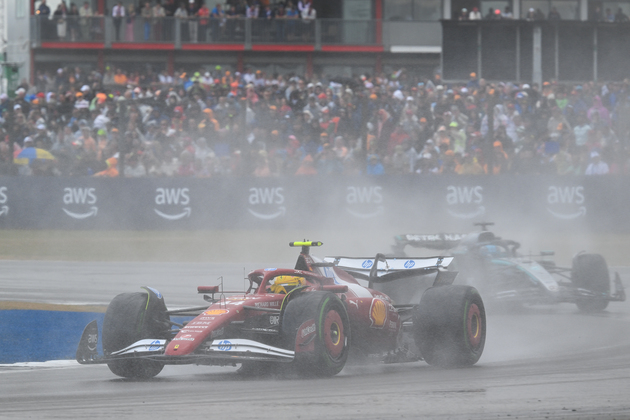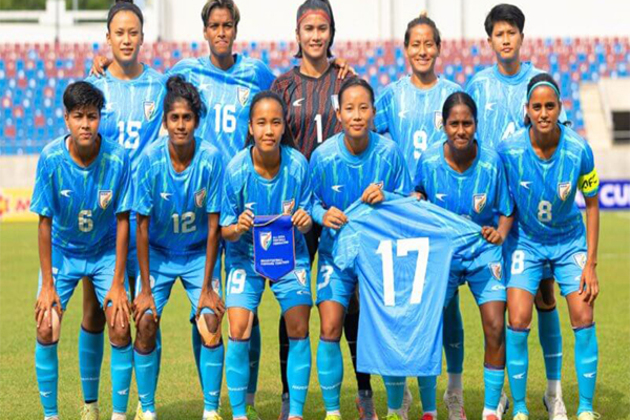Slashing support: How the NDIS is leaving the most vulnerable behind
Independent Australia
07 Jul 2025, 11:30 GMT+10

As funding cuts take hold, the NDIS is drifting further from its founding promise, leaving those with the greatest needs at the greatest risk, writesJames Rosier.
TROUBLE IS BREWING in the National Disability Insurance Scheme (NDIS). You may have heard little of the impending funding changes. With high-profile MinisterBill Shortenretiring before the Federal Election, NDIS discussion was largely absent from the election debate.
Seemingly overnight, the National Disability Insurance Agency (NDIA) has halved travel allowances and abolished jurisdictional loadings. Funding caps, already frozen for five years, have been specifically lowered for physio, dietitian and podiatry services.
A regional Western Australian physio will lose an untenable $40.06 per hour, with just 18 days' notice. Providers are understandably incensed. At the time of writing, aChange.org petitionhas garnered 55,000 signatures. One Far North Queensland practitioner, already losing money on petrol and wear and tear, must travel through wet season floods, high winds and post-cyclone damage. The halving of the travel allowance will force them to drop three high needs clients.
Upon inception, the NDIS garnered broad support. The scheme was largely shaped by the Productivity Commissions2010-2011 Inquiry. TheCommissions mandate, we should note, is to promote competition and the use of market mechanisms. As such, since the 2013 NDIS rollout, existing state-based disability services were privatised or disbanded. Recent NDIS news coverage has been largely negative, emphasising waste and fraud. But it is too easy to characterise the providers as greedy.
The truth behind the NDIS scheme: A participant's nightmareThe NDIS is a broken system and one that works against participants desperate for assistance.
Price ceilings are used to limit overcharging. At launch, those ceilings were set high enough to encourage provider entry and then largely frozen. Textbook market economics suggest that, over time, a mature competitive market will drive prices down. Competition will find an efficient price, somewhere below the ceiling, as consumers seek the cheapest, highest quality service.
Unfortunately, the NDIS market isnt behaving like the textbook says it should. Providers are charging at the ceiling rate and participants arent finding the cheapest providers. Naughty NDIS. Or is that naughty textbook?
So, why arent participants disciplining the market and seeking lower prices? When looking for a doctor, we tend to take the first appointment available. Then, we tend to stay with that doctor and trust their advice. These behaviours and trust relationships are particularly prevalent in healthcare. If we expect NDIS participants to drive down prices, we ignore such behavioural realities.
Meanwhile, NDIS participants and their support coordinators are incentivised to spend their full budget, in case it is reduced in future years. As anindependent reviewinto the NDIS acknowledged, there is little reason for providers to compete by lowering the price or improving the quality of supports because participants do not routinely change providers, even when prices change.
Providers do not need to conspire to price-fix at the highest rate. They need only to look at the announced rate and charge at or below the ceiling. Providers naturally charge towards the ceiling rate because this is the strongest anchor in the market and all related costs flow from it. Staff wage expectations are informed by the ceiling rate. Third-party services, such as essential practice management software, are often charged as a percentage of the ceiling rate. And these tendencies inflate real-world provider costs.
To absorb rising costs, in the absence of rising revenue, providers can either eat the loss, degrade the quality of service or minimise staff wages. Once a provider has a participant on their books, they want to retain them, due to the substantial onboarding costs for new clients. The NDIS rewards ongoing service rather than specific health outcomes. This encourages institutional overservicing. Regardless, providers who arent mindful of their bottom line will not continue to operate.
Robodebt shadow leaves fears NDIS will be next victim of disabling policyWhile assurances have been made that NDIS reforms will not be 'Robodebt 2.0', many fear that the revisions will leave them worse off.
Some providers may avoid servicing participants with the most complex needs. Such clients may present abusiness risk, with increased service demands and administrative load. Providers can refuse service in favour of more profitable, less complex clients. As such, it is the most vulnerable who remain underserved by a system that is supposed to achieve the precise opposite.
Critically, it is damaging to perpetually characterise providers as being solely profit-driven. Most workers enter healthcare because they wish to provide care. Unless there is proven fraud and abuse, we should reasonably assume providers are not causing active harm. They form meaningful, professional relationships with their clients. The system is vulnerable to overservicing.
On the other hand, when individual funding is inadequate, many providers risk economic loss and burnout by regularly supplying servicespro bono. This practice goes largely unseen by the NDIA.
While the NDIA waits for a mythical market price to emerge, an alternative benchmark is being overlooked: a public provider. Those privatised and disbanded state services, reimagined as the NDISprovider of last resort, could stabilise the market in three important ways.
Firstly, as a backstop for complex presenting clients, whose needs exceed both NDIS funding models and business risk profiles. Secondly, by setting industry minimum conditions for staff and standards for service. Finally, a public provider can be disinflationary, because providers who charge substantially above the public rate, without additional benefit, will fail to attract clients.
The NDIAs ownpricing strategyemphasises that NDIS changes should proceed only with a clear statement to the market. However, recent pricing announcements appear haphazard, poorly telegraphed and counter to stakeholder input. They create uncertainty for participants and their families. Rate freezes and reductions demoralise providers and risk service closures.
The NDIA wants to drive efficiency. Given the market rationale, this includes some provider closures. But it will not be just the least efficient providers who exit. It will be those providers who depend on higher rates to service remote and complex clients. If they are not careful, the NDIAs precious market will again fail participants.
James Rosieris completing a Master of Economics of Sustainability with Torrens University and is a founding member of Public Money. Public Good.
Related Articles
- The truth behind the NDIS scheme: A participant's nightmare
- Robodebt shadow leaves fears NDIS will be next victim of disabling policy
- Parliamentary changes to NDIS making life harder for disabled
- NDIS: Bad help not better than no help at all
- Ripped off: NDIS users failed by clueless Coalition
 Share
Share
 Tweet
Tweet
 Share
Share
 Flip
Flip
 Email
Email
Watch latest videos
Subscribe and Follow
Get a daily dose of Perth Herald news through our daily email, its complimentary and keeps you fully up to date with world and business news as well.
News RELEASES
Publish news of your business, community or sports group, personnel appointments, major event and more by submitting a news release to Perth Herald.
More InformationInternational Business
SectionSaudi Aramco plans asset sales to raise billions, say sources
DUBAI, U.A.E.: Saudi Aramco is exploring asset sales as part of a broader push to unlock capital, with gas-fired power plants among...
Shein hit with 40 million euro fine in France over deceptive discounts
PARIS, France: Fast-fashion giant Shein has been fined 40 million euros by France's antitrust authority over deceptive discount practices...
Over 60 companies named in UN report on Israel-Gaza conflict
GENEVA, Switzerland: A new United Nations report alleges that dozens of global corporations are profiting from and helping sustain...
Persson family steps up H&M share purchases, sparks buyout talk
LONDON/STOCKHOLM: The Persson family is ramping up its investment in the H&M fashion empire, fueling renewed speculation about a potential...
Australian PM rejects US pressure to ease biosecurity rules
SYDNEY, Australia: Australia will not ease its strict biosecurity rules during trade talks with the United States, Prime Minister Anthony...
Trump threatens additional 10% duty on countries supporting anti-American policies of BRICS
New Delhi [India], July 7 (ANI): U.S. President Donald Trump issued a strong warning to countries supporting what he termed were the...
Australia
SectionUN Demands End to Myanmar Violence as Junta’s Election Plans Risk Further Instability
Nearly three months after a devastating earthquake struck Myanmar, the country remains trapped in a deepening crisis, compounded by...
Fresh IVF error raises alarm over clinic safety and oversight
MELBOURNE, Australia: A second embryo mix-up in just two months has pushed one of Australia's largest IVF providers back into the spotlight,...
Australian PM rejects US pressure to ease biosecurity rules
SYDNEY, Australia: Australia will not ease its strict biosecurity rules during trade talks with the United States, Prime Minister Anthony...
"Judge yourself after series, not innings by innings": Pat Cummins' advice for Konstas after Australia's 133-run victory over West Indies
New Delhi [India], July 7 (ANI): Australia skipper Pat Cummins has urged Sam Konstas to stay patient as the opener continues to wait...
(SP)BRITAIN-LONDON-F1-BRITISH GRAND PRIX
(250707) -- LONDON, July 7, 2025 (Xinhua) -- Ferrari's British driver Lewis Hamilton drives during the Formula One British Grand Prix...
AIFF announces reward for fantastic Blue Tigresses
New Delhi [India], July 7 (ANI): The All India Football Federation (AIFF) announced a reward of USD 50,000 for the Senior Indian Women's...












